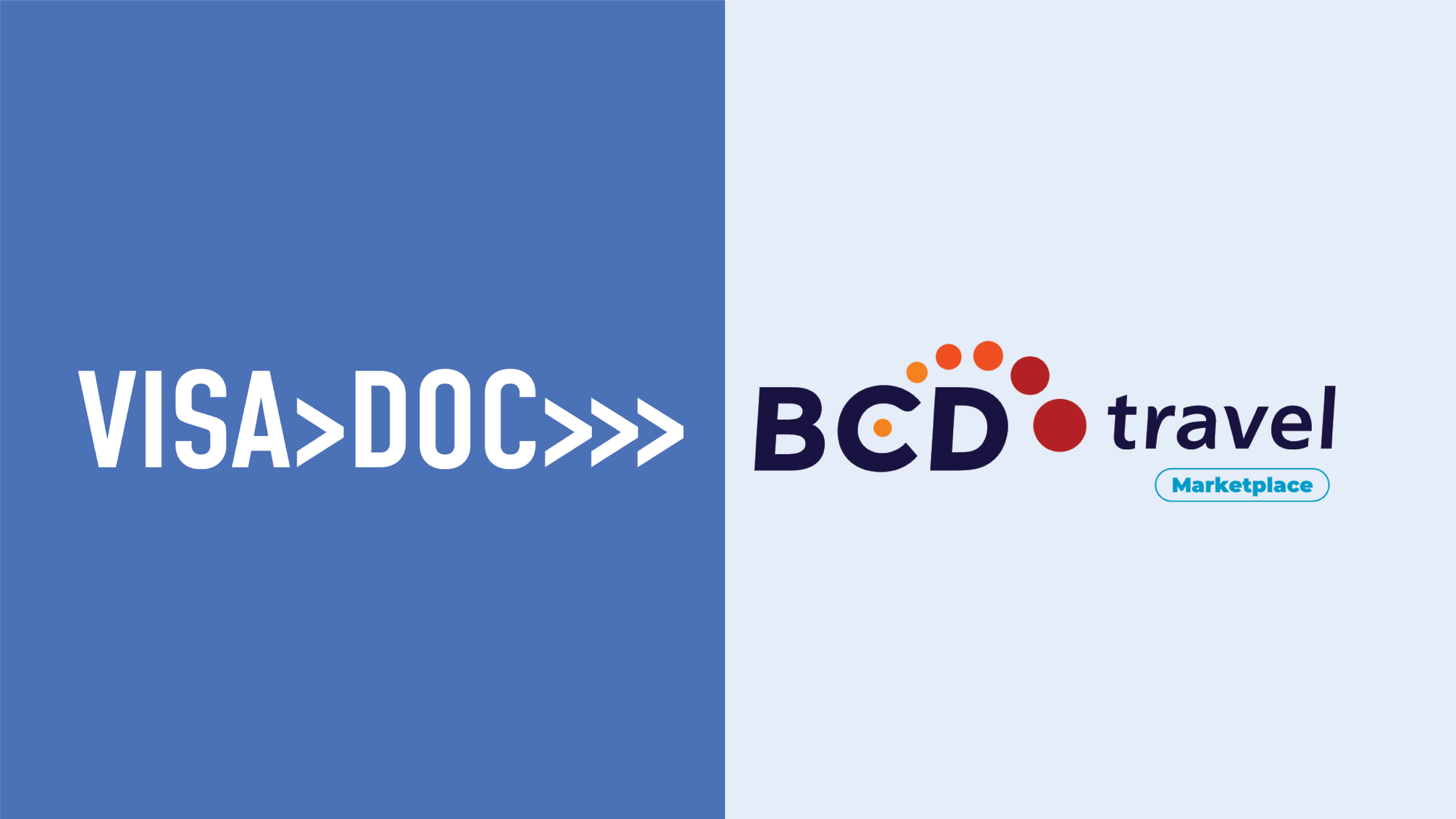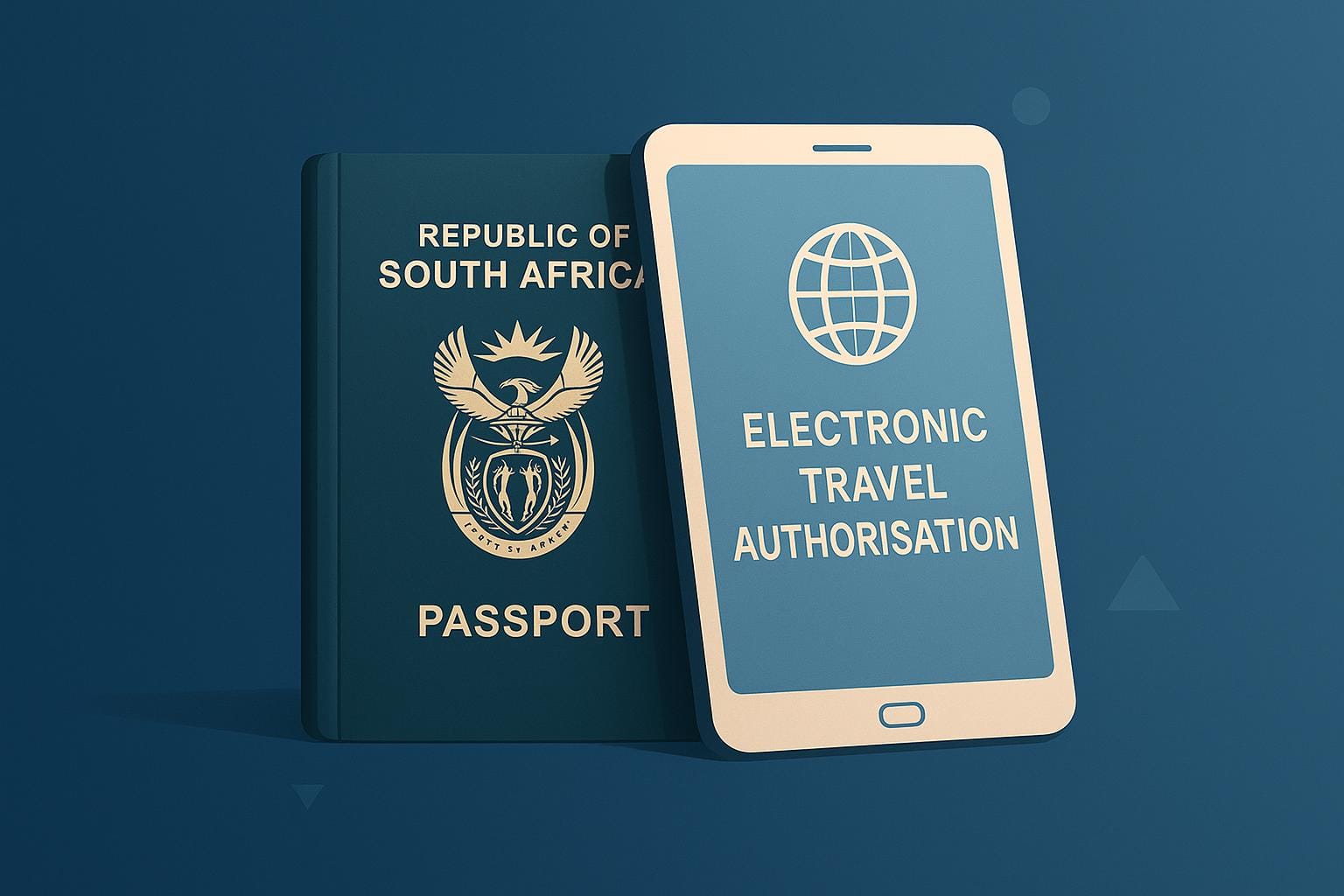Executive Summary
April’s visa moves were dominated by digital border programmes (UK ETA, EU EES/ETIAS), strategic talent visas (Korea) and safety-oriented carve-outs (Saudi Hajj blackout).
Corporate mobility teams must refresh risk matrices, update booking-tool rule-sets and push comms to travelling staff before 30-day grace periods expire.
10 Apr (Brazil)
29 Apr (Mecca blackout)
8 Apr (NZ interim-visa rights)
UK ETA and Schengen digitalisation still on ramp-up.
1. Europe—From Physical Stamps to Fully Digital Permissions
1.1 United Kingdom: the ETA production build
The Home Office’s 9 April factsheet closes lingering gaps: fee confirmed (£16), decision-time SLA (3 days, most in minutes) and a new temporary exemption for air-side transit to ease hub-carrier pressure.
Multiple journeys over two years mirror US ESTA logic, but ETA is not entry permission—border officers retain discretion. Travel managers should map non-visa-national populations (e.g., US, EU) and schedule bulk ETA enrollment campaigns.
1.2 Schengen: EES & ETIAS slip, digital visa still 2025
eu-LISA’s mid-April communique resets go-live: border biometrics (EES) in late 2025; ETIAS six months later.
While a further slip is possible, corporates must budget now for carrier liability checks and ETIAS fee (€7) reimbursement policies for staff.
1.3 Safe-country regulation accelerates
On 16 April the Commission tabled a regulation to advance application of “safe country of origin” and 20 % recognition-rate thresholds.
Though asylum-centric, it foreshadows quicker Schengen visa refusals for nationals on the list, a red flag for assignment planners in Bangladesh, Colombia, Egypt, India, Morocco and Tunisia.
2. Americas—Health, Structure and Reciprocity
2.1 United States: goodbye COVID-19 jab for IVs
Effective 11 March, panel physicians ceased refusing applicants lacking COVID-19 vaccination. Family-based IV pipelines will shorten as medical deferrals disappear, easing relocation timelines. HR should re-issue pre-departure medical guidance.
2.2 State Department shake-up
A 22 April announcement outlines consular-bureau re-organisation; details pending, but early briefing suggests a regional “mobility hub” model. Expect pilot posts mid-summer—monitor appointment slot algorithms for volatility.
2.3 Brazil restores visitor-visa reciprocity
After two postponements, Brasília reinstated visa requirements for US, Canadian and Australian nationals on 10 April.
Applications are e-visa only via VFS; processing target 5 days. Policy does not cover short-term business e-VIPER (still consular). Check OBT/HR-managed US travel to Rio 2025 tech events.
3. Middle East—Seasonal Controls
3.1 Saudi Arabia: Mecca blackout for business visit visas
Article 11.6 of revised e-Visa T&Cs explicitly bars all visit-visa holders (tourist or business) from entering Mecca 29 April – 11 June. Airlines face fines for carriage.
Re-route executive site visits to Riyadh/Jeddah or advance travel before 28 April.
4. Asia-Pacific—Visa Liberalisation Meets Talent Wars
4.1 China doubles down on openness
Beijing’s 22 April notice extends visa-free transit stays to 240 hours for 54 countries and keeps multi-entry within the timeframe. The same month, an English State Council guide confirmed 30-day visa-free entry for nine more European states plus Japan, useful for intra-Asia-EU roadshows.
Flag trip-wire: travellers must remain within designated regions.
4.2 South Korea launches “Top-Tier Visa”
From 2 April, top-talent executives with KRW 300 m+ investment or STEM credentials can jump to F-2 residency after 24 months, then F-5 PR. Corporates running APAC HQs in Seoul gain a potent retention tool; update global mobility policy to leverage reduced tax friction.
5. Strategic Implications for Corporate Programmes
- Digital Permission Management – UK ETA & forthcoming ETIAS demand API integrations with OBTs; start UAT now to avoid manual boarding-denial headaches.
- Health-Document Simplification – US medical requirement rollback reduces IV file size; consider negotiating lower RMC costs.
- Risk & Duty of Care – Saudi blackout and Schengen safe-country acceleration highlight need for geo-fencing and nationality-specific alerts in traveller-tracking tools.
- Talent Acquisition – Korea’s and NZ’s talent visas should be mapped against skill-shortage lists; EVP messaging can tout accelerated residency.
- Reciprocity Costs – Brazil’s new VIVIS fees (~US $80) and UK ETA (£16) warrant budget line-items; communicate reimbursable vs non-reimbursable categories.
6. Action Checklist for Travel / HR Managers
| Timeline | Mandatory action | Owner |
|---|---|---|
| Now | Bulk-screen upcoming UK trips; trigger ETA enrolment workflow. | Travel Ops |
| by 28 Apr | Re-schedule any Mecca site visits; issue advisory. | Security / Ops |
| 10 Apr | Update Brazil profiles in GDS/OBT with visa-required flag. | TMC |
| May | Integrate EES/ETIAS fields in traveller profile template; pilot with volunteer travellers. | Tech / Compliance |
| Q3 | Draft global-mobility memo on Korea Top-Tier Visa opportunity. | HR Talent |
| Rolling | Monitor Schengen safe-country list; adjust invitation-letter lead times. | Immigration Counsel |
7. Looking Ahead
- Q4 2025 – Schengen EES biometric kiosks launch; factor in 15–30 sec exit stamps per traveller.
- Q1 2026 – ETIAS mandatory; airlines will implement no-ETIAS/no-board scripts.
- Jan 2026 – UK ETA expands to all remaining non-visa nationals (phase 2).
- Dec 2025 – China’s 30-day visa-free pilot expires; watch for permanent adoption or rollback.
Conclusion
April’s visa churn underscores two macro-trends: relentless digitalisation of border controls and competing talent-magnet visas. Organisations that treat visa compliance as a live data flow—not a paper checklist—will protect travelers, control costs and seize first-mover advantage in global hiring.
Use the checklist above, plug the dates into your mobility calendar and brief your leadership—before the next month’s wave hits.













